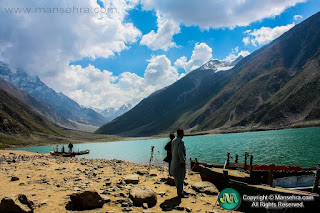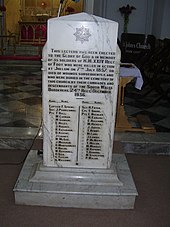is a town in Mansehra District in the Khyber-Pakhtunkhwa region of Pakistan. The town was demolished amid the 2005 Kashmir seismic tremor, yet was later modified with the help of the Government of Pakistan and Saudi Public Assistance for Pakistan Earthquake Victims (SPAPEV), a Saudi alleviation association.
Topography:
Balakot is situated on the banks of the Kunhar River before it enters the Kashmir Valley.
Atmosphere
Balakot has a moist subtropical atmosphere (Köppen atmosphere grouping Cfa) with sweltering summers and cool winters. Precipitation in Balakot is considerably higher than in most different parts of Pakistan. The heaviest precipitation happens either in pre-spring (February– March) related with frontal frameworks, or in the storm season (June– August); in any case, all months see huge precipitation overall.
Administration
Balakot valley Regulatory subdivisions of Mansehra District.
Balakot is one of the principle urban areas of Mansehra District. It fills in as the main city of Balakot Tehsil, which is the biggest Tehsil of Mansehra District. It has likewise a Union Council and controls the many encompassing littler towns and villages.
History
The Sikhs endeavored to free Mansehra in the 1818 however were met with protection from the possessing armed force. As the Mansehra district fell under Sikh control, it was added to Punjab. The development put Waziristan, the Mohmand nation past Kunhar, Chitral and Yusufzai tribes inside the control and duty of the Indian government. Syed Ahmad Barelvi and Shah Ismail Shaheed, with the assistance of the Mujahadeen, including the neighborhood tribes of tehsil Balakot from Kaghan to Garhi Habibullah drove many revolts and assaults against the Sikhs. Finally on 6 May 1831, amid a savage fight, Syed Ahmad Shaheed and Shah Ismail Shaheed alongside several their devotees were murdered. The focal mosque of Balakot is named after Syed Ahmed Barelvi. The territories incorporates differing gatherings, particularly Pashtuns and Hindko speakers.
The town or town of Balakot is possessed principally by Khankhel Swati family, Gujjar, Awan, Swati, Syed, Turk, Mughal and Hanki tribes.
EarthQuake:
The town was totally pulverized in a dangerous seismic tremor on 8 October 2005. The blame practically goes through the principle bazar of Balakot. It takes after the sloping range toward the north up to Allai and prompts the Bagh in Azad Jammu and Kashmir from the towns of Balakot like Kanshian and Jabri Kaleesh. The United Arab Emirates has volunteered to reconstruct this town into an enhanced one with lodging provinces, schools, healing centers, and other urban offices. However the Pakistan government has declared that the city will be relocated.[5] The town will be recreated around 20 km away at a more secure spot with more tremor confirmation structures. The slope town of Balakot, involving 12 union gatherings with a populace of 30,000 individuals, was totally decimated by the tremor on 8 October 2005. More than 90 for each penny of the houses were lessened to sloppy smears. The survivors will be moved to the New Balakot City, at present being created close Mansehra.




































